Noticia
Cátedra UNESCO presenta prototipos de ayuda para personas con discapacidad
Estudiantes y docentes pertenecientes a la Cátedra UNESCO; Tecnologías de Apoyo a la Inclusión Educativa, presentaron dos prototipos tecnológicos que servirán de ayuda asistencial e inclusivo para personas con discapacidad visual y a niños y niñas para detectar problemas físicos y emocionales.
La Catedra se constituyó como un espacio que brinda acceso, participación y aprendizaje a personas que por diversas circunstancias se han visto excluidas de los diferentes ámbitos de la educación, entre ellos, niños, jóvenes y adultos que sufren discapacidad, poblaciones indígenas y personas en situación de vulnerabilidad.
Los dos prototipos son los siguientes:
Bastón
El estudiante Nicolás Pozo, presentó un prototipo de bastón para personas con discapacidad visual, que cuenta con sensores electrónicos y láser, con capacidad de lectura de 180 grados, que permitirá detectar obstáculos en el mencionado rango espacial, con lo que la persona con discapacidad visual, podrá tener mayor independencia y seguridad al caminar. Esta herramienta cuenta además con un mango ergonómico y un sistema de vibración que le avisará cuando exista algún impedimento a su alrededor. La principal diferencia con otros bastones es el área de cobertura.
Lápiz inteligente
De su parte, el estudiante David Moscoso, de Ingeniería Electrónica, presentó un lápiz inteligente digitalizador de trazos, enfocado a niños y niñas de 4 a 9 años de edad, que funciona como parte de un sistema integrado más amplio y que se constituye en una herramienta que permite detectar inconvenientes en la motricidad y también problemas conductuales, a través de la fuerza con la que utiliza el lápiz, los trazos que realiza y el tiempo de utilización del mismo, entre otros aspectos.
Para el equipo que conforma la Cátedra UNESCO, es grato observar que cada vez son más los estudiantes que se suman para poner la ciencia al servicio de personas pertenecientes a grupos vulnerables de la sociedad.
Contenidos Relacionados
Contenidos Relacionados
Noticias Relacionadas
Noticias Relacionadas

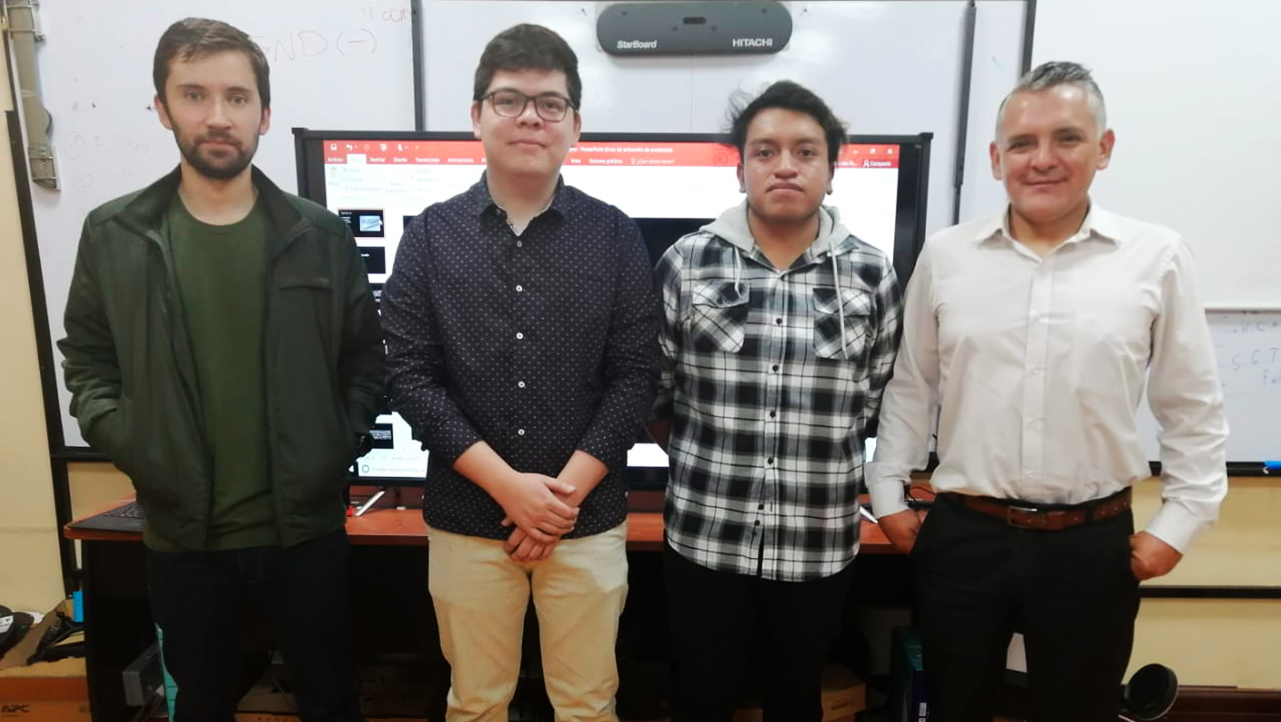
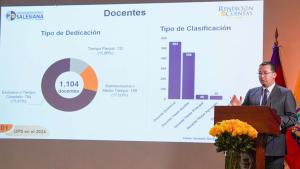
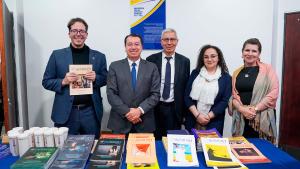
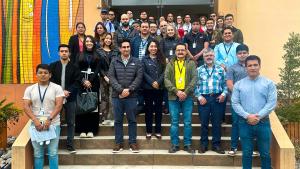
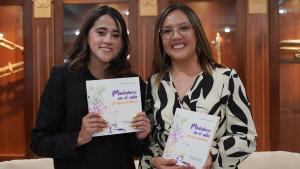
Síguenos
Síguenos